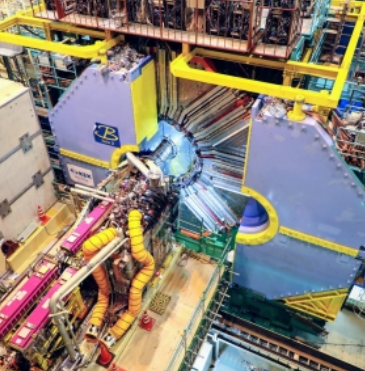
Japan’s High Energy Accelerator Research Organization (KEK) located near Tokyo, has just announced that SuperKEKB achieved on 15th June 2020, the world’s highest instantaneous luminosity for a colliding-beam accelerator.
SuperKEKB brings its electron and positron beams into collision at the center of the Belle II, the particle detector built and operated by the eponymous collaboration.
IJCLab is one of the 3 French laboratories of the CNRS / IN2P3, with the IPHC (Strasbourg) and the CPPM (Marseille), which joined the international Belle II collaboration at the end of 2017. This international group concerns approximately 1,000 physicists and engineers from 119 universities and laboratories located in 26 countries and regions around the world.
Belle II experiment studies the production and decay processes of particles produced in the collisions, primarily B mesons, D mesons, and tau leptons.
Collecting data for about 10 years, the Belle II experiment will accumulate 50 times more particle collisions than its predecessor, the Belle experiment also located at KEK.
The high brightness of SuperKEKB will allow studies of rare decays, expecting to open a window on processes beyond the standard model of particle physics. The large date set will also be used in sensitive searches for very weakly interacting particles that may help answer some of the mysteries of the Universe.
See also French article on:
https://in2p3.cnrs.fr/fr/cnrsinfo/premiers-resultats-autour-de-lexperience-belle-ii























